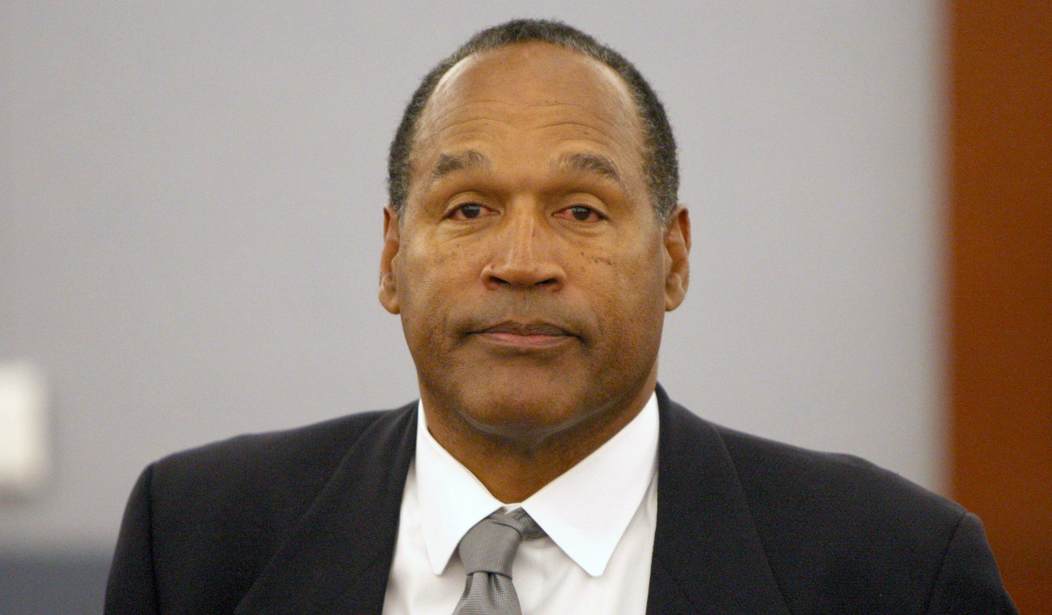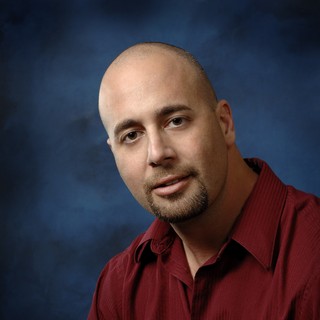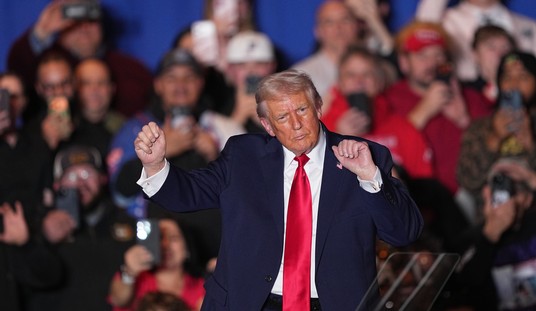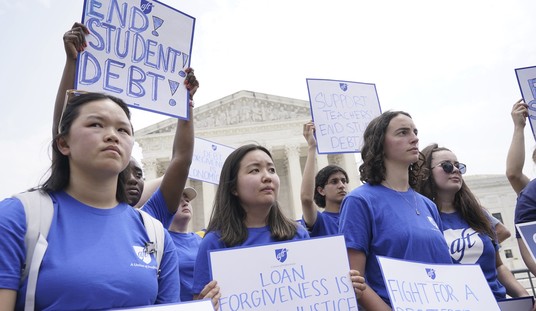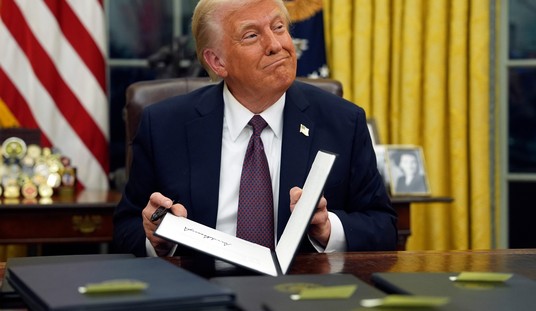We’re currently amidst the 30th anniversary of O.J. Simpson’s infamous “Trial of the Century.” His court case began in Jan. 1995, and continued all the way through the beginning of October. Get ready for an avalanche of introspective features, op-eds, documentaries, and made-for-TV adaptations.
This week, an O.J. documentary hit number one on Netflix.
Given the heightened interest in all things Juice, I wanted to share a short story about a key participant in the trial, controversy, and hoopla: Brian Gerard “Kato” Kaelin.
For a brief while, he was America’s most famous houseguest. His residency at Nicole Brown Simpson’s Gretna Green Way apartment inadvertently helped him fulfill his Hollywood fantasies of fame, fortune, and international celebrity.
Of course, Kato sought to achieve fame as an actor, not as a witness in a murder trial.
Before the homicides, he told me he was in the running for the lead in “Dumb and Dumber,” playing opposite Jim Carrey. (“Believe me, Scott, I would’ve been a fantastic dumb blonde!”) Afterwards, it was difficult for filmmakers to view Kato through a comedic lens. Too much blood, racial strife, and gore.
I met Kato about nine years after the trial, at Super Bowl XXXVIII in Houston. My PR firm produced a celebrity poker tournament, and we had some great contestants: Houstonian sports legends such as Clyde Drexler and Jeff Bagwell were there, as were ex-NFL stars including Jerome Bettis, Marcus Allen, and Eddie George, along with a hodgepodge of random celebs, including Yanni, a few actors and supermodels… and Kato Kaelin.
I don’t even remember how (or why) we reached out to Kato. I think we bumped into him at an after-party somewhere, and figured, “Why not?”
But we were glad we did: he had wonderful energy, hamming it up before the cameras (putting the poker chips over his eyes and goofing around). Turns out he was working for National Lampoon at the time.
The only mistake we made was seating Kato next to Marcus Allen. (I didn’t know this, but we were told that Allen had a relationship with Nicole Brown Simpson, and there was some kind of friction between them. I’m still unsure of all the details.)
Anyway, a few months later, Kato and I were in Negril, Jamaica — at the notorious Hedonism II nudist resort(!) — with 80+ actors, models, crew, and staff to film “National Lampoon’s Strip Poker.” Isn’t life interesting?
(It was, quite possibly, the absolute WORST film in the entire history of National Lampoon… and yeah, that’s saying something.)
Kato’s role was to interview the women — after they lost their cards and/or clothes, quite naturally — in the “Loser’s Lounge.” (Okay, this wasn’t exactly high-concept filmmaking.) The most famous actress was probably Olivia Munn, who had a nice, long career in TV, appearing on HBO’s “The Newsroom” and as a correspondent for “The Daily Show with Jon Stewart,” plus films such as “Magic Mike,” “Date Night,” and the “X-Men” flicks, where she portrayed the mutant Psylocke. But most of the others were no-names.
I genuinely enjoyed Kato’s company. He was a silly, light-hearted, happy-go-lucky guy. During most of the filming, neither of us had anything to do, so there was plenty of time just to hang around and chat. And Kato loved to talk: he’d even talk to his french fries before eating ‘em (“Hello, Mr. French Fry!”), which was kind of odd. But I figured he was doing it to be funny.
During the entire 12 days of filming, I never asked him even a single question about O.J. Simpson. I mean, I was curious — like most Americans, I had followed the trial pretty closely. But it never felt right.
So I kept my mouth shut.
Until one night, a National Lampoon executive producer — the one who had ponied up all the money for the filming — cornered Kato and me. “All right, Kato!” he announced. “You, O.J., and Nicole! What the hell happened?!”
All at once, Kato stopped being silly. His entire demeanor changed in an instant.
Even all these years later, he said, people still stop him at airports to tell him what “really happened” on that fateful night of June 12, 1994. Sometimes, they tell him the real killer(s) were hitmen from Columbian drug cartels. Other times, it was the LAPD. Mark Furman often plays a part in their far-reaching “conspiracy.”
“But we already know what happened,” Kato said (paraphrasing). “O.J. brutally murdered one of the best friends I’ll ever have and he got away with it — and I don’t want to hear your stupid [EXPLETIVE] theory!”
I gained a lot of respect for Kato that night.



